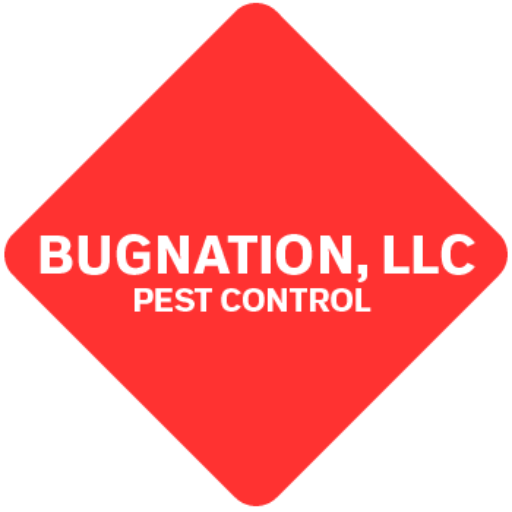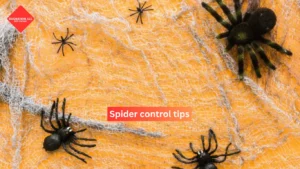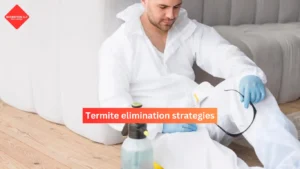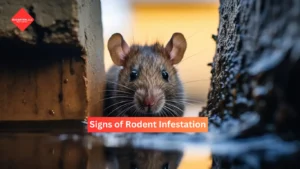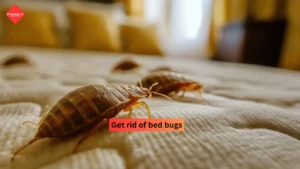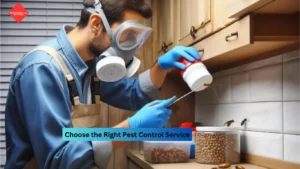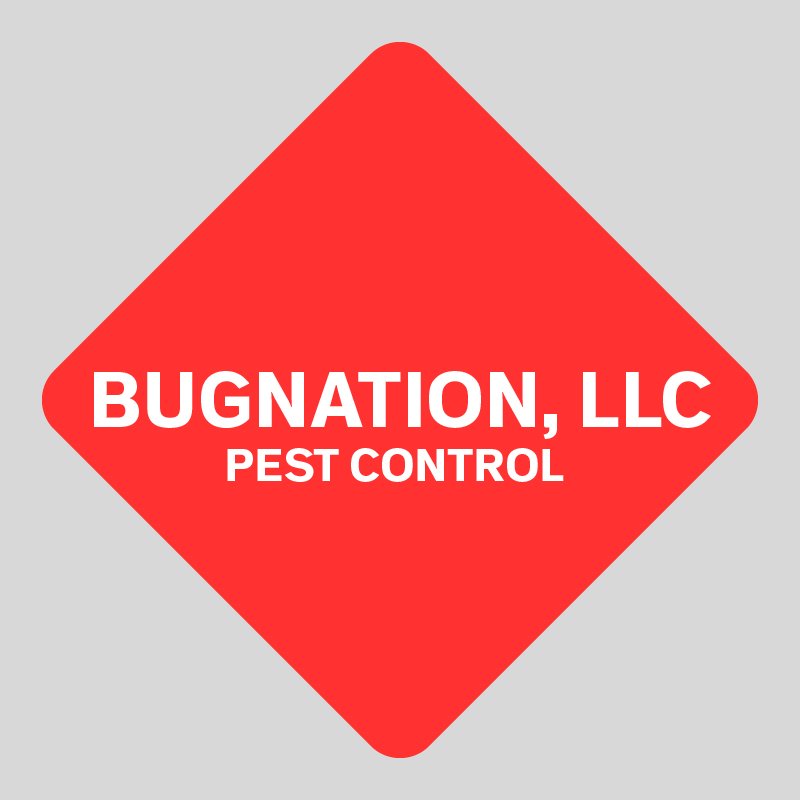Termites are often referred to as “silent destroyers” because they work quietly, without showing visible signs of damage until it’s too late. These tiny insects can wreak havoc on the wooden structures in your home, making termite prevention and elimination essential. If you’re dealing with termites, or want to avoid an infestation altogether, having a solid termite elimination strategy is key. In this post, we’ll explore several effective ways to eliminate termites before they cause significant damage to your property. Trust Bugnation to help protect your home from these destructive pests.
Termite elimination strategies
Understanding Termites: The Hidden Threat
Before jumping into ways to eliminate termites, it’s essential to understand what you’re up against. Termites feed on wood and cellulose-based materials, which means your home’s wooden structures, furniture, and even paper can fall prey to them. The problem lies in how they infest your property without you noticing—often starting deep within the walls or beneath the foundation.
There are three main types of termites:
- Subterranean Termites: These are the most common and dangerous type, living underground and traveling through mud tubes to reach their food source.
- Drywood Termites: They live directly in the wood they consume, making them easier to spot but still just as destructive.
- Dampwood Termites: They prefer moist wood, so they’re typically found in areas with water damage or high humidity.
Signs of a Termite Infestation
Before you can eliminate termites, you need to be aware of the signs. Some common indicators include:
- Wood Damage: Hollow-sounding or crumbling wood.
- Mud Tubes: Mud tunnels on your foundation or walls.
- Discarded Wings: Piles of wings near windowsills or doorways.
- Frass (Termite Droppings): Small, pellet-like droppings near wood structures.
- Swarming: A sudden appearance of flying insects in spring.
Termite Elimination Strategies: How to Stop Termites in Their Tracks
Now that you know how to spot termites, let’s dive into some proven termite elimination strategies to help you protect your home.
1. Professional Termite Inspection
The first step in dealing with termites is to get a professional inspection. While there are some DIY methods available, the truth is that a licensed pest control technician can identify termite activity that might otherwise go unnoticed. A thorough inspection will allow the technician to determine the extent of the infestation and recommend the best treatment options. Professional inspectors can also spot hidden areas where termites might be active, such as crawl spaces or beneath flooring.
2. Liquid Termiticides: A Barrier Against Infestation
One of the most common methods for termite elimination is applying liquid termiticides. These chemicals are designed to create a barrier around your home, which termites cannot cross. The termiticide is applied to the soil around your foundation, and any termites that come into contact with it are killed.
While liquid termiticides are effective, they do require regular maintenance, as the barrier can break down over time due to weather and other factors. Depending on the product used, this treatment can last anywhere from a few months to several years.
3. Bait Systems: A Long-Term Solution
Termite baiting systems are another highly effective strategy for eliminating termites. These systems use a series of bait stations that are placed around your property. Inside the stations is a cellulose-based bait that termites consume. Once the termites eat the bait, they return it to the colony, where it is spread and kills the entire group.
Bait systems are particularly useful for subterranean termites, as they can be placed along termite pathways or near suspected colonies. Unlike liquid termiticides, bait systems offer a more long-term, gradual solution, as they aim to eliminate the root of the problem by targeting the entire colony.
4. Heat Treatment: A Non-Toxic Option
If you’re dealing with a localized infestation, heat treatment might be a good option. This method involves raising the temperature of the affected area to levels that are lethal to termites (around 120°F to 140°F). Heat treatment kills termites without the need for toxic chemicals, making it a great eco-friendly option.
However, this method is best for smaller infestations and can be more costly than traditional methods. It also requires professional equipment and expertise, so it’s not typically a DIY solution.
5. Fumigation: When Infestations Are Severe
For large-scale infestations, fumigation is one of the most thorough methods of termite elimination. Fumigation involves tenting the structure and filling it with a gas that penetrates every inch of the house, killing termites in the process.
Fumigation is highly effective and can eliminate dry wood termites in particular. However, it requires the homeowners to vacate the property for a few days during the treatment. This method is typically reserved for serious infestations, as it is both costly and invasive.
6. DIY Methods: Can You Handle It?
While professional treatment is often the most reliable way to eliminate termites, there are some DIY methods that homeowners can try. Keep in mind, that these solutions may not be as effective as professional treatments, but they can help in the early stages of infestation.
- Borax: Borax powder can be sprinkled or mixed with water to create a solution that kills termites when ingested.
- Nematodes: These tiny worms attack termites and other pests. They can be purchased online or at garden centers and released into your yard.
- Cardboard Trap: Termites are attracted to the cellulose in cardboard, so you can place damp cardboard near termite colonies. Once termites swarm to it, you can remove and dispose of the cardboard.
These DIY methods can work, but keep in mind they’re usually most effective when combined with professional inspections or treatments. If your problem is extensive, it’s worth investing in expert help.
Final Thoughts:
Termite elimination is a vital part of home maintenance, and acting quickly is key to avoiding serious damage. Whether you opt for professional treatments, DIY solutions, or a combination of both, it’s important to stay vigilant and protect your home from these destructive pests. Implementing proper termite elimination strategies can save you a lot of time, money, and stress in the long run.
At Bugnation, we understand the urgency of dealing with termite infestations. If you’re ever unsure about the best way to tackle a termite problem, always consult with a pest control expert. The sooner you act, the better chance you have of keeping your home safe and termite-free.
